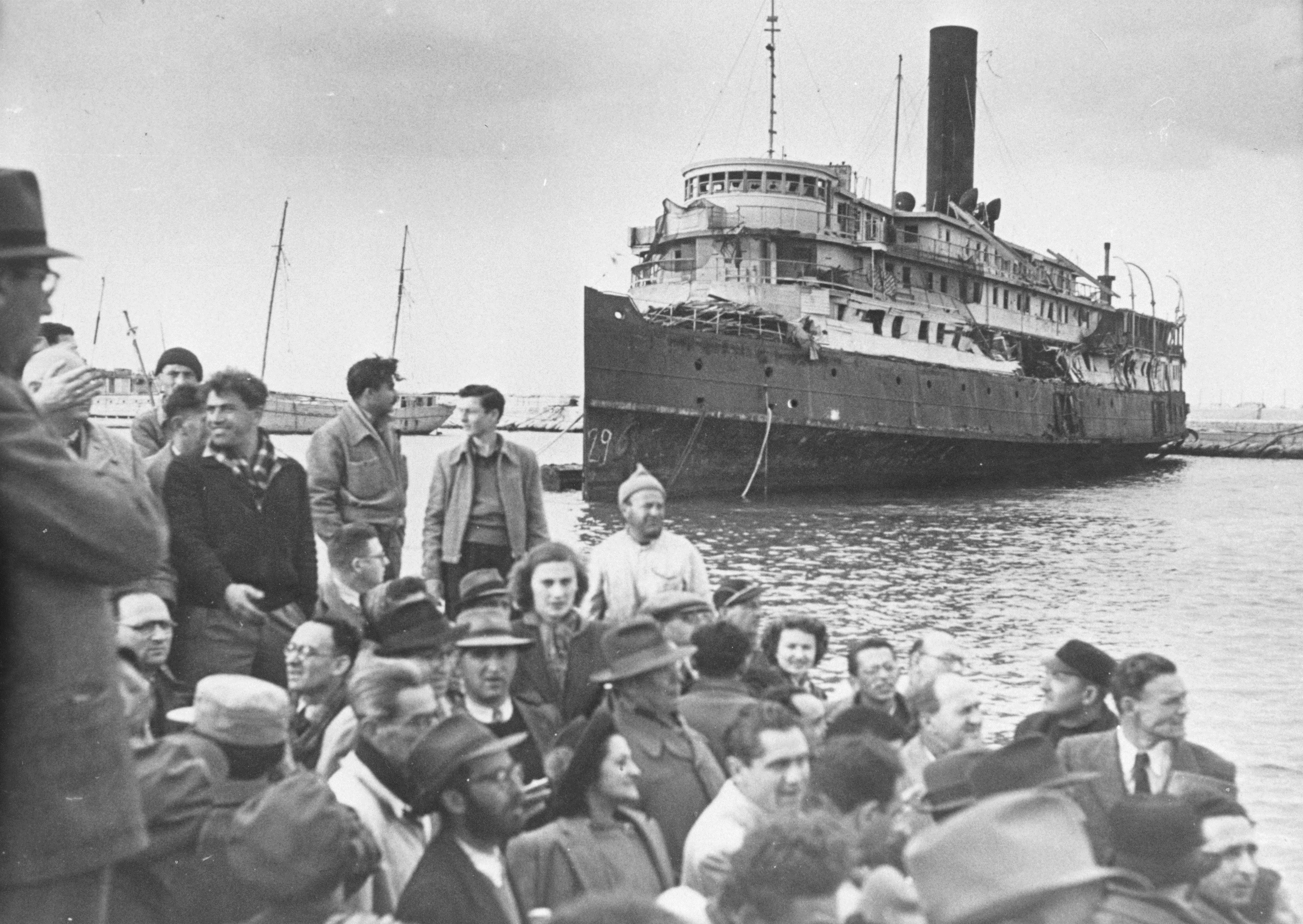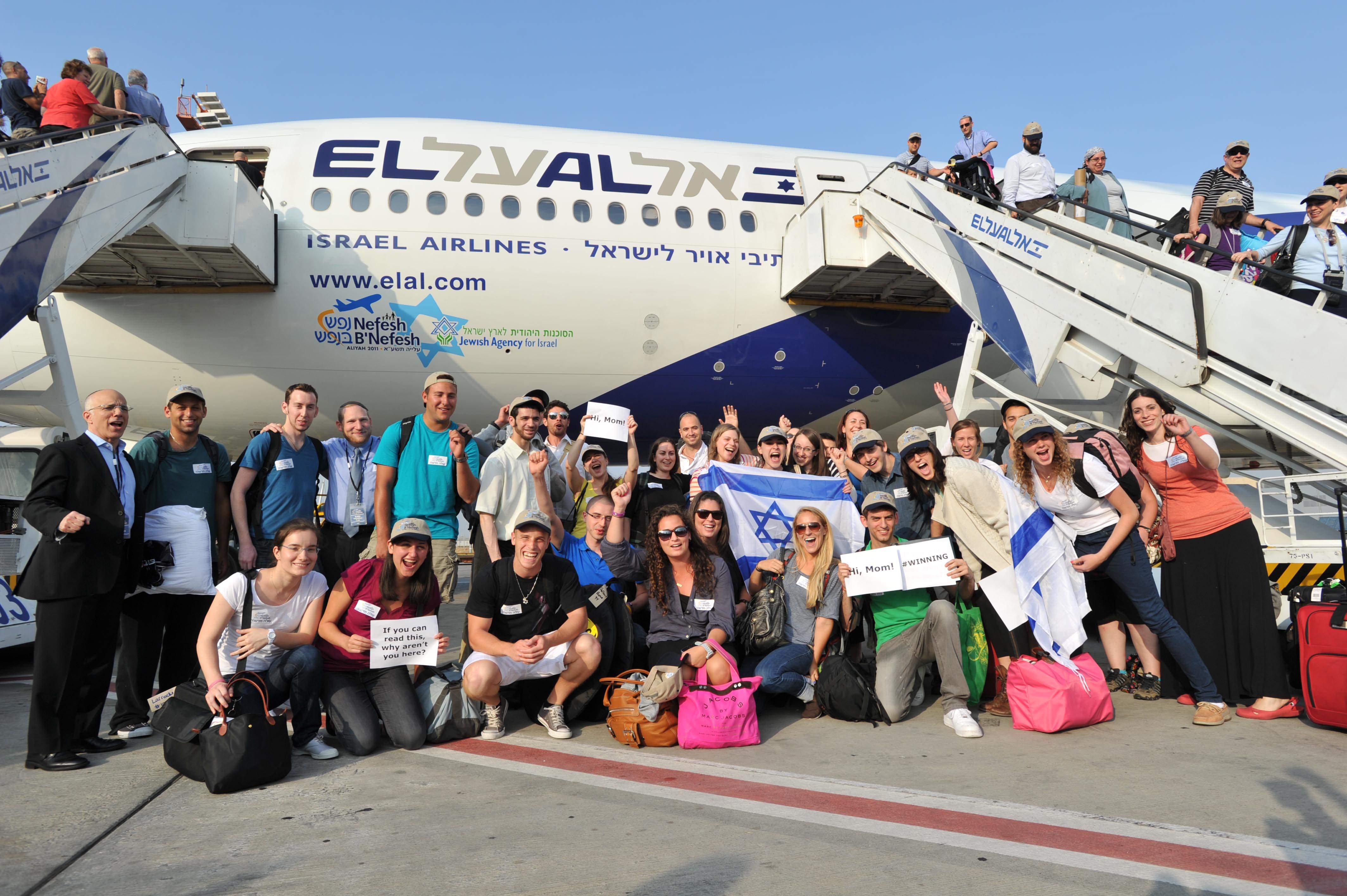Simcha v'simchah
(Guest post by Kalev)
This past Sunday we attended the wedding of our friends'
son. For those who know me, you understand how much I detest formal events. I
have good reasons for this aversion: they require me to don a suit, they waste
hours of useful time, and perhaps worst of all, they demand socializing with
other humans (1). Any one of these by themselves, let alone all three, dissuades me
from attendance unless I muster herculean strength from deep inside (a.k.a.
Chavah tells me I am going). However, when the opportunity to attend an
Orthodox wedding arises--despite its tripartite obligation of a suit, time, and
socializing--I eagerly attend. I
have good reasons for this also.
First off, I think the whole process of orthodox weddings, from start to finish, is a beautiful thing. The symbolism, the kiddush Hashem, the incomparable jubilant atmosphere, the measured but euphoric interaction between the bride & groom. But, perhaps the most beautiful thing is that every orthodox wedding is an ultimate triumph of the Jewish people over both Lavan and Pharoah. An orthodox wedding is not merely a rejoicing at the unification of two people, it is a tribute to the Jewish people's survival physically and spiritually and a celebration of the knowledge that with this marriage our survival is perpetually assured.
(1). I never go down without a fight: I did not wear a tie, I took my wife out to lunch to redeem some of the time, and I pretend to be a good father by commandeering Tirzah to avoid having to socialize.



















